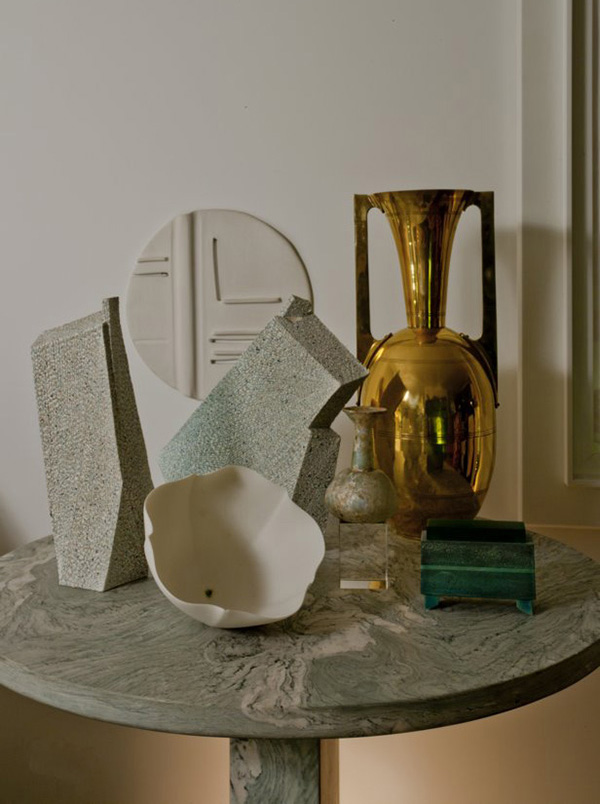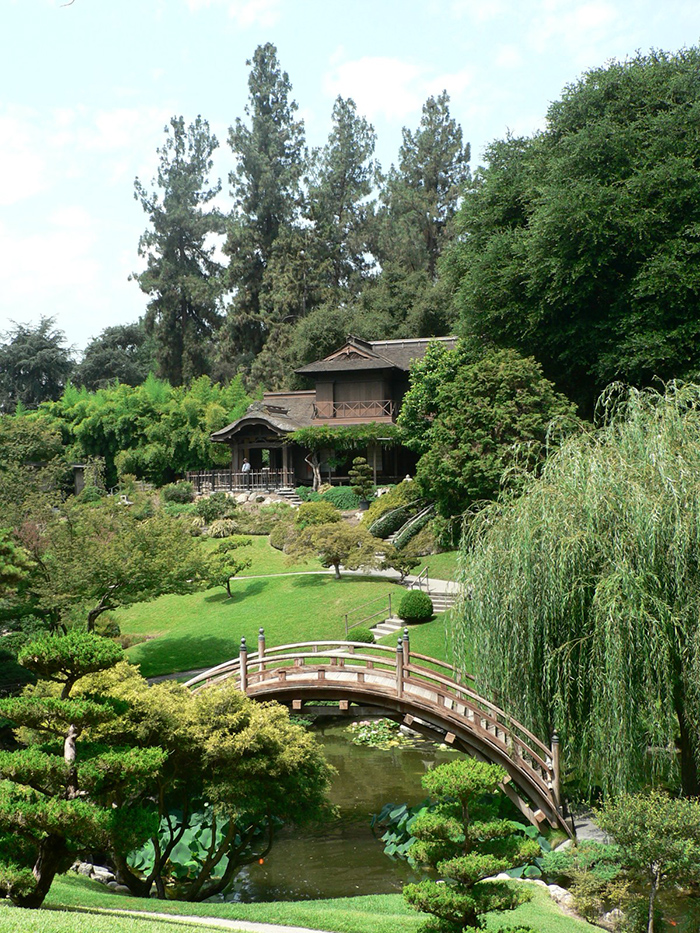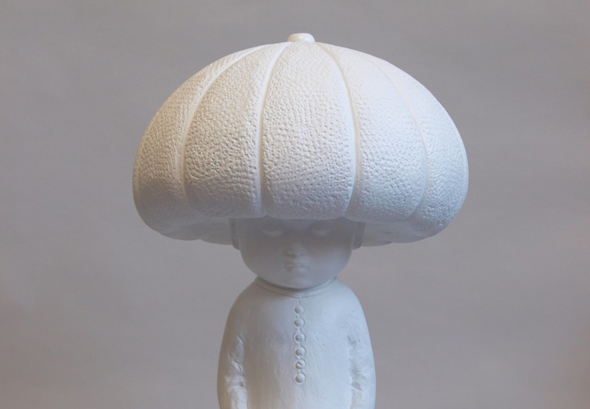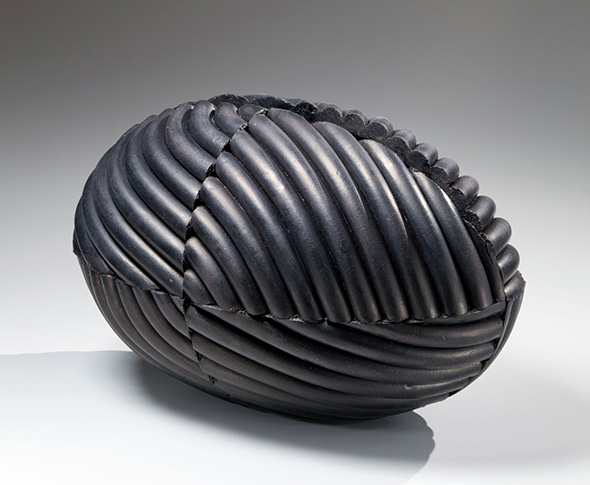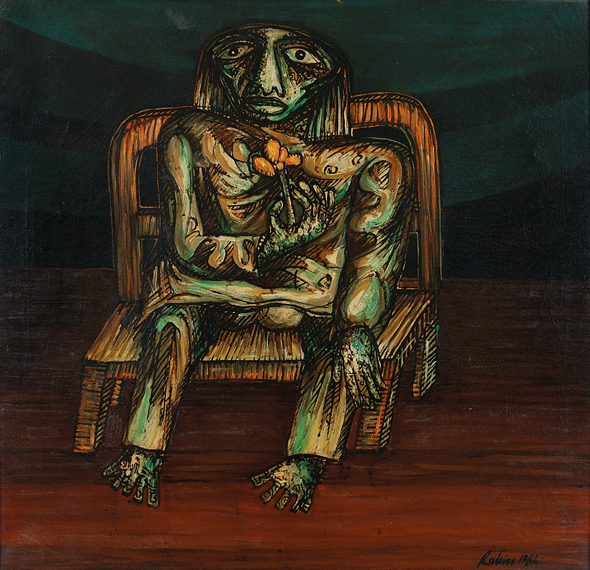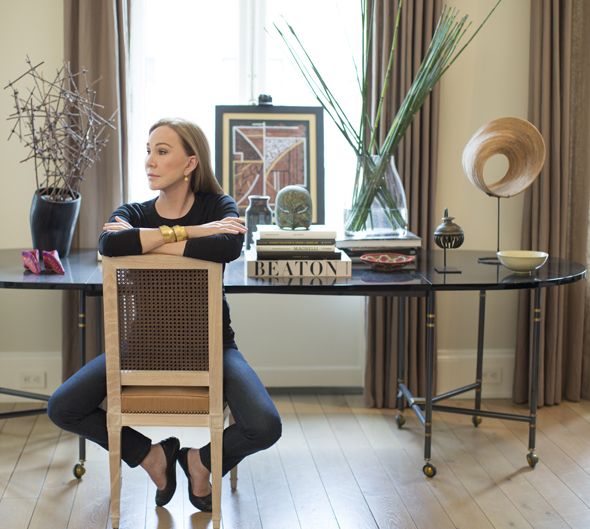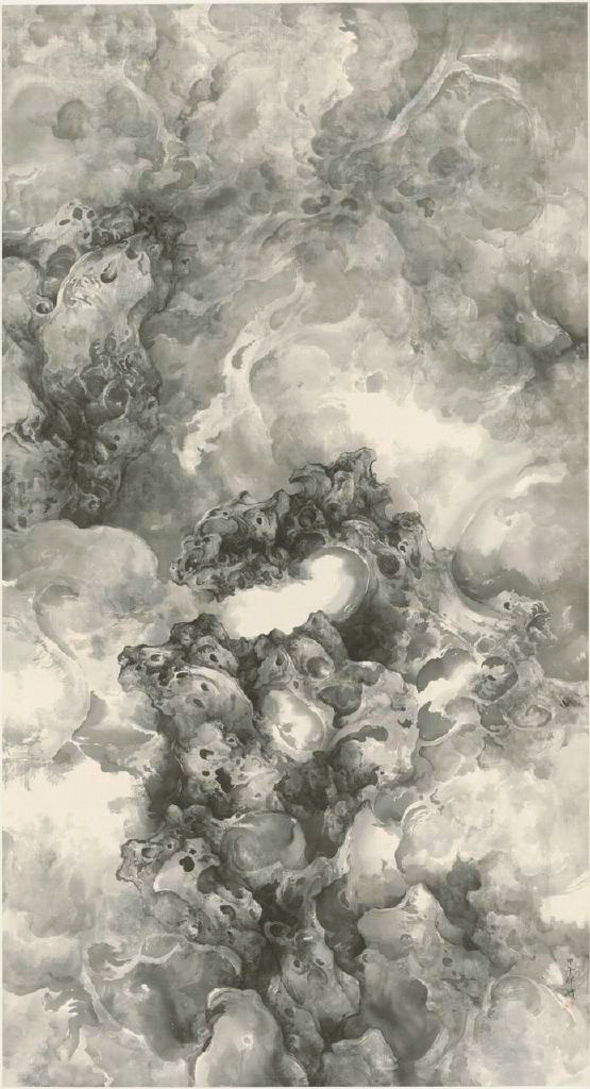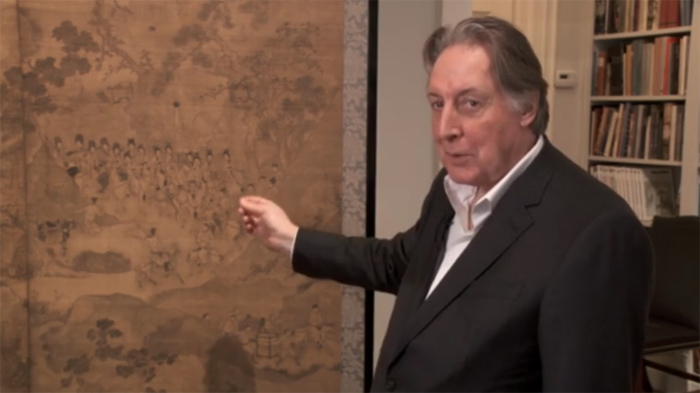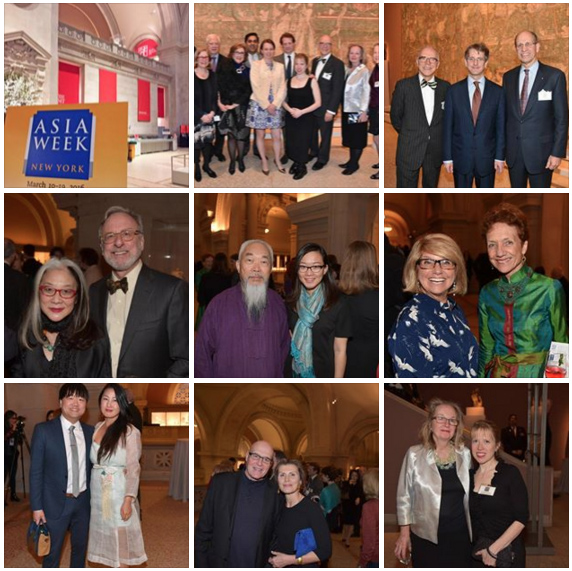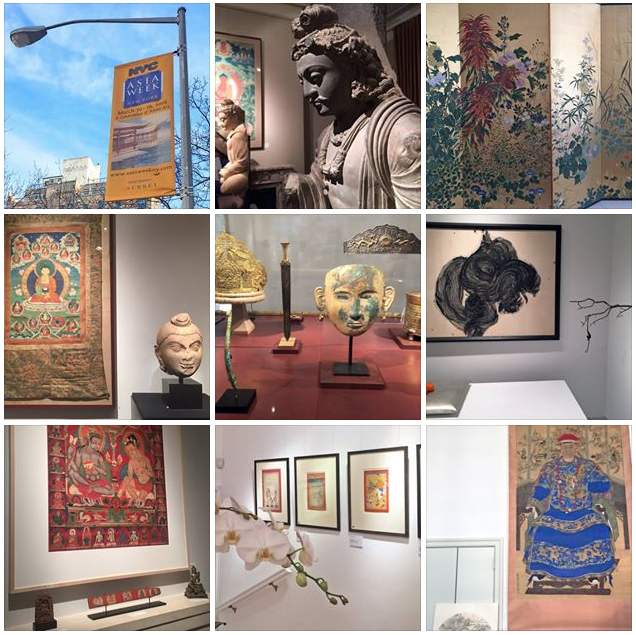Items that incorporate ivory and other materials from living creatures that are designated as ‘Endangered’ are restricted for sale in the US and for sale abroad by a variety of local, national, and international regulations and treaties. This article is a summary of some of these regulations and is intended not as a guide for any person seeking advice about a particular object, but rather to provide basic information about the subject to assist in the process of having a better understanding of what to do. For a detailed response to this issue, we suggest reading the informational link on the FWS.gov site and in particular, the question and answer format.
BASICS
On July 6, the USFWS instituted a near-total ban on the sale of ivory in the US. Certain exceptions are allowed for the sale of ESA (Endangered Species Act) designated Antiques. For an object to meet the Antique Exemption, allowing for sale in the US into interstate commerce, it must:
- – be 100 years old or older
- – composed in whole or part of an ESA-listed species
- – it has not been repaired or modified with any such species after December 27, 1973
- – it is or was imported through an endangered species “antique port”
Antique Port
There are 13 Antique Ports of Entry in the US that were established in 1982.
Under Director’s Order No. 210, as a matter of enforcement discretion, items imported prior to September 22, 1982, and items created in the United States and never imported must comply with the first three requirements but not the Antique Port of Entry requirement.
GUIDANCE ON PROOF
How to prove the above? USFWS offers the following guidance:
“We want to clarify that forensic testing is not necessarily required. Provenance and age may be determined through a detailed history of the item, including but not limited to, family photos, ethnographic fieldwork, art history publications, or other information that authenticates the article and assigns the work to a known period of time or, where possible, to a known artist or craftsman. A qualified appraisal or another method, including using information in catalogs, price lists, and other similar materials that document the age by establishing the origin of the item, can also be used.”
Qualified Appraisal
Additionally, the USFWS in Director’s Order 210, Appendix 1 offers the following specific qualifications as to what constitutes a “Qualified Appraisal”
- – A description of the article that is detailed enough for a person who is not generally familiar with the type of article to determine that the appraisal is about the article in question.
- – The name and address of the qualified appraiser, or if the appraiser is a partner, an employee, or an independent contractor engaged by a person other than the person claiming the exception, the name and address of the partnership or the person who employs or engages the appraiser.
- – The qualifications of the appraiser who signs the appraisal, including the background, experience, education, and any membership in professional appraiser associations.
- – The date on which the article was appraised.
o The scientific method in detail used to determine the age or species.
o Descriptive information on the article, including but not limited to: the size of the article, the medium, the artist or culture, approximate date the article was created, and a professional quality image of the article.
- – A detailed history of the article, including proof of authenticity.
- – The facts on which the appraisal was based including analyses of similar works by the artist on or around the creation dates.
State and Local Prohibitions
In addition to Federal regulations, many states have regulations that restrict the sale of ‘Endangered’ and ‘Non-endangered’ species. These states include New York, New Jersey, and California. Residents of states should check with their local and state government to learn about prohibitions, if any, governing the sale of plant and animal species that are incorporated into objects. Here is the link to state departments governing natural resources.
Deminimis Exception
Objects that contain a small amount of African (not Asian) Elephant ivory, even if under 100 years of age, may qualify for sale in the US under The African Elephant 4 (d) rule. To meet this exception, the object must:
(i) If the item is located within the United States, the ivory was imported into the United States prior to January 18, 1990, or was imported into the United States under a Convention on International Trade in Endangered Species of Wild Fauna and Flora (CITES) pre-Convention certificate with no limitation on its commercial use;
(ii) If the item is located outside the United States, the ivory was removed from the wild prior to February 26, 1976;
(iii) The ivory is a fixed or integral component or components of a larger manufactured or handcrafted item and is not in its current form the primary source of the value of the item, that is, the ivory does not account for more than 50 % of the value of the item;
(iv) The ivory is not raw;
(v) The manufactured or handcrafted item is not made wholly or primarily of ivory, that is, the ivory component or components do not account for more than 50 % of the item by volume;
(vi) The total weight of the ivory component or components is less than 200 grams; and
(vii) The item was manufactured or handcrafted before July 6, 2016.
SUMMARY
Some items that are over 100 years of age can be sold into interstate commerce, depending upon documentation or if they meet a deminimis exception. Most items under 100 years of age are not acceptable for sale, unless that object meets the deminimis exception. There are glaring problems with the regulations, namely:
- – the cost to comply with the above is not practical for owners of small objects of minimal value
- – objects without documentation showing proof of entry into the US prior to 1982 are unsalable, regardless of age
- – owners of objects containing ivory should document the history of ownership and create a file/ folder that will accompany the object
Owners and sellers of items that contain endangered species materials, especially ivory must be aware of the regulations concerning commercial activity and are strongly advised to hold onto documents that prove the objects to have been in the US in accordance with US law.



